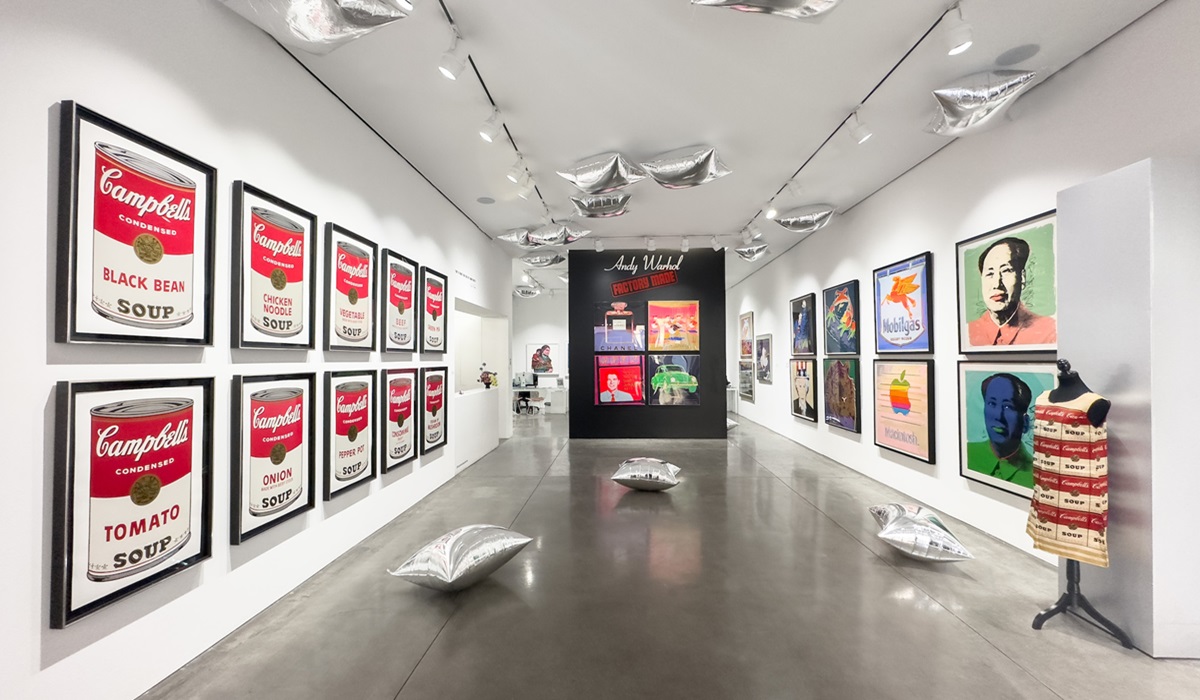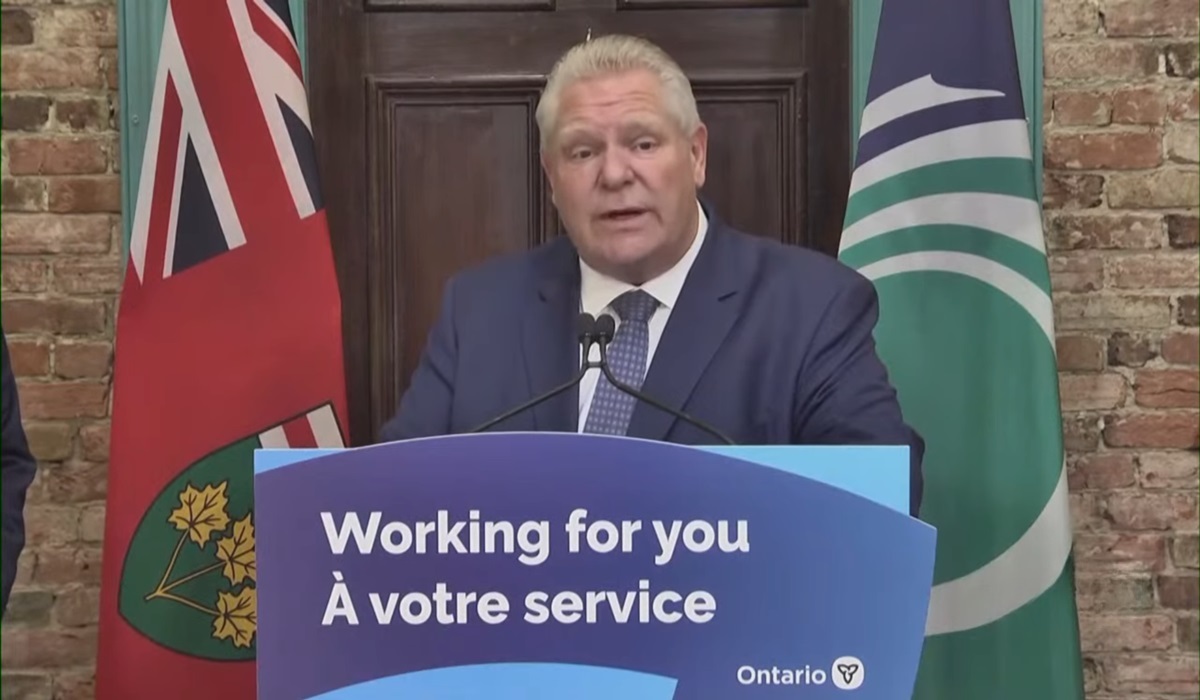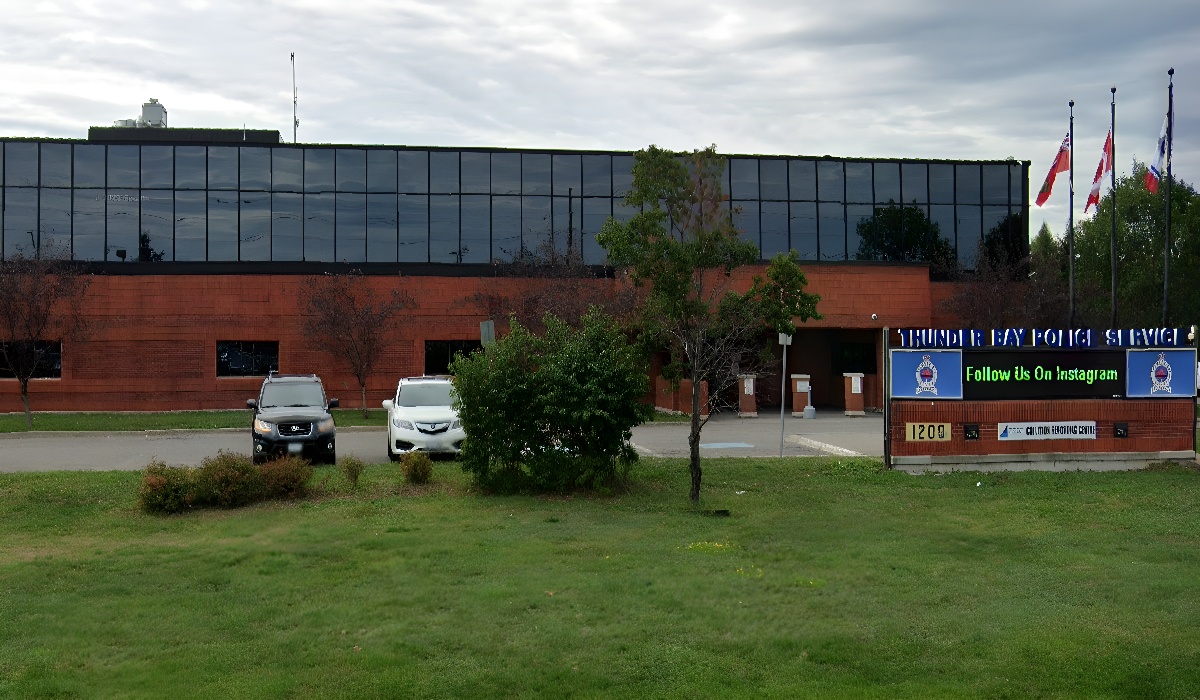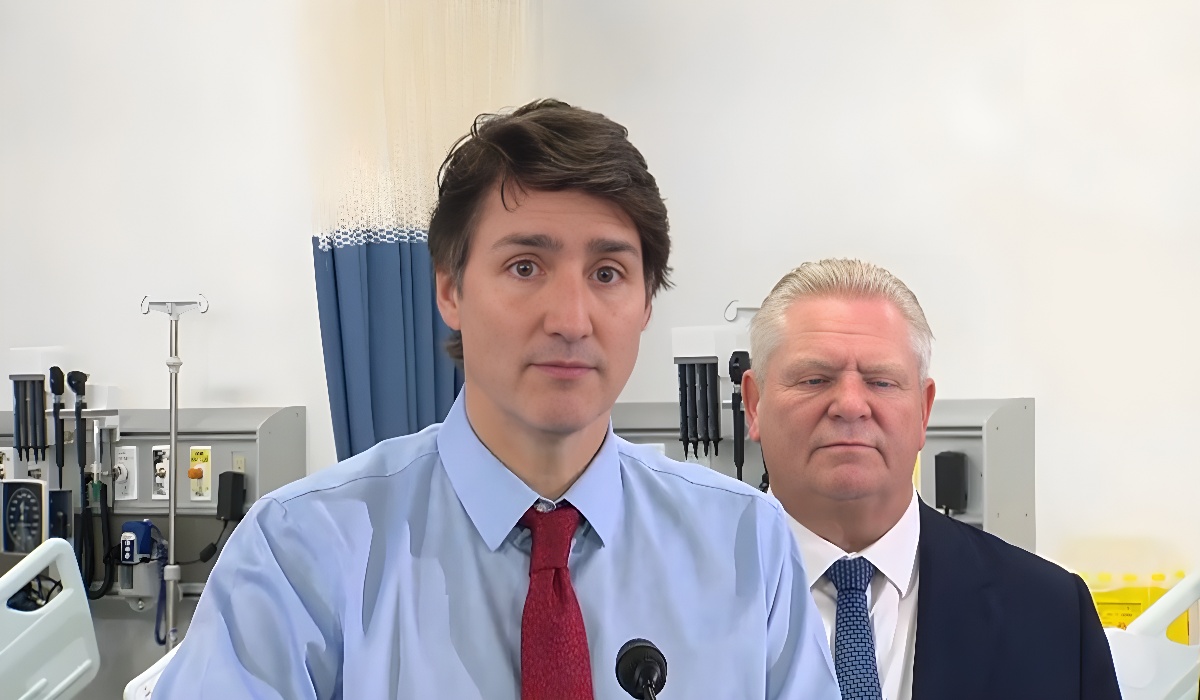Ontario’s $75 Million Message to America: Smart Strategy or Costly Symbolism?
- TDS News
- Eastern Canada
- October 22, 2025
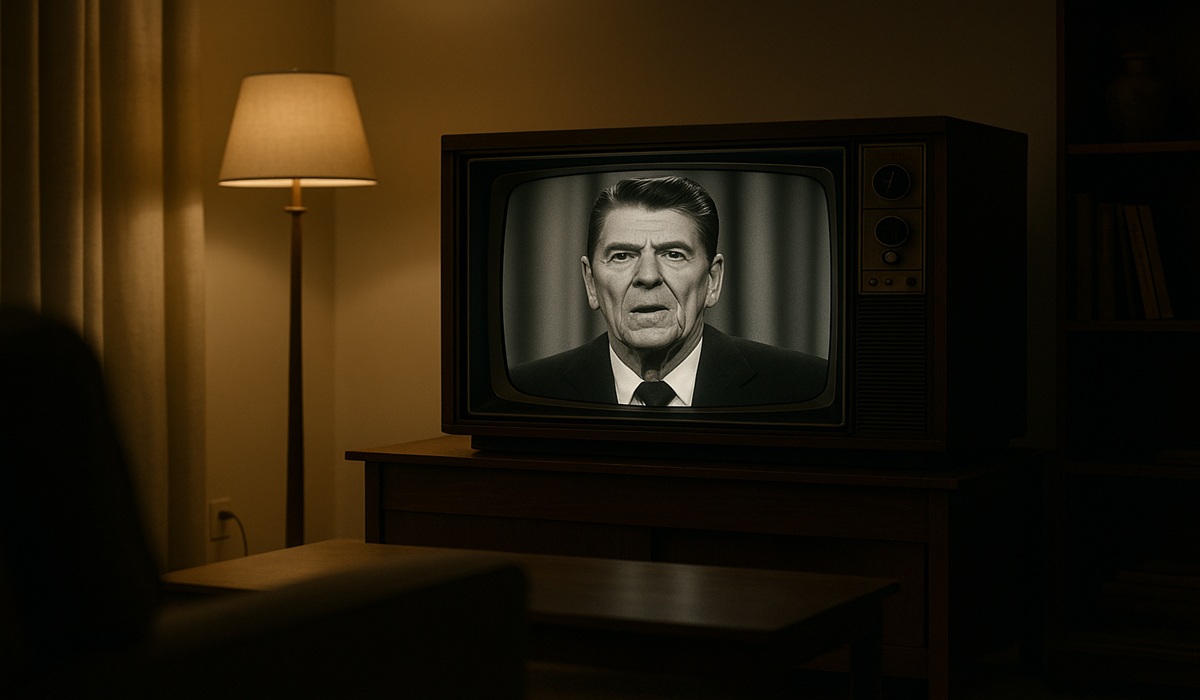
By: Donovan Martin Sr, Editor in Chief
When Ontario Premier Doug Ford announced a $75-million advertising blitz across the United States, the reaction at home was as swift as it was divided. On one hand, the move signaled a strong defense of Ontario’s economic interests in the face of escalating American tariffs. On the other, it raised eyebrows about whether such an extravagant sum could possibly shift American trade policy—or whether it was simply money burned in the name of optics.
The campaign, which has begun airing in multiple U.S. states, leans heavily on nostalgia and symbolism. Its centerpiece is a commercial featuring the familiar voice of Ronald Reagan, the late U.S. president who warned decades ago about the dangers of protectionism. Reagan’s words echo through grainy archival footage: “When you shut out the world, you shut down opportunity.” It is a message few could disagree with. But its timing and target audience make it all the more curious. This campaign isn’t airing in Ottawa, Windsor, or Toronto—it’s aimed squarely at Americans, particularly those in manufacturing-heavy Republican states that form the political backbone of President Trump’s America First economic agenda.
At first glance, the strategy looks bold. Ontario, after all, is America’s largest trading partner at the state or provincial level. Millions of U.S. jobs depend on cross-border trade in automobiles, energy, and raw materials. With new tariffs imposed on Canadian steel, aluminum, and other exports, Ontario’s economy stands to take a significant hit. From that perspective, Ford’s government could argue it’s simply defending Ontario jobs by speaking directly to the American people—the consumers and workers whose livelihoods are tied to Canadian trade. The government’s messaging emphasizes partnership over politics, reminding Americans that their prosperity and Ontario’s are deeply intertwined.
Yet, for all its clever marketing and emotional cues, the campaign begs an uncomfortable question: who exactly is being persuaded here? The American people are not the ones setting tariff policy. Tariffs are the domain of Washington, shaped by presidential directives, congressional votes, and trade office recommendations. No matter how moving the ad, it will not change the ideology of a White House built on protectionist rhetoric. President Trump’s position on tariffs has been unwavering. He sees them not as a burden, but as a badge of strength—a declaration of economic independence. Convincing him, or those who share his worldview, that tariffs are harmful to the very people they claim to protect is an exercise in futility.
That’s why many critics see this campaign as political theatre, designed not for Washington but for the voters of Ontario. Spending $75 million on American airtime at a time when hospitals are overworked, classrooms are underfunded, and housing prices continue to soar invites scrutiny. The optics are difficult to defend. To some, this looks less like trade defense and more like distraction—a headline-grabbing attempt to appear statesmanlike without tackling the more complex issues facing Ontarians at home.
Still, it would be unfair to dismiss the campaign outright. There is merit in shaping public perception, even across borders. In the modern age, trade disputes are fought as much in the court of public opinion as in international tribunals. By evoking Reagan—a Republican icon—Ontario’s government is appealing to the moral center of American conservatism. It’s not lecturing; it’s reminiscing, invoking a time when cross-border cooperation was seen as patriotic, not problematic. From a strategic communications standpoint, it’s a brilliant choice. The voice of Reagan carries a weight no modern politician could replicate. It taps into American nostalgia and appeals to the same working-class audience that has felt both empowered and victimized by trade wars.
But the brilliance of the message doesn’t change the math. Seventy-five million dollars is a colossal investment in persuasion without measurable outcomes. No number of TV spots can rewrite the foundational trade philosophy of the current U.S. administration. Ontario’s exporters will still face tariffs. Factories will still feel the pinch. And consumers—on both sides of the border—will still pay the price for economic nationalism.
The question, then, is what Ford’s government hopes to achieve. If it’s about protecting jobs, there are arguably more direct and efficient ways to do so: targeted subsidies, retraining programs, export diversification, or investments in domestic supply chains. If it’s about messaging, a lower-cost digital campaign could have achieved wide reach without the massive media buy. And if it’s about optics—appearing proactive and bold in the face of American aggression—then perhaps the $75 million was not a miscalculation but a calculated risk, betting that political image is worth more than policy impact.
The irony is that the campaign’s premise is fundamentally correct. Tariffs do hurt ordinary people. They raise prices, limit competition, and distort markets. Economists on both sides of the border have long argued that free trade, despite its imperfections, delivers broader prosperity. Reagan’s voice reminds us of that truth. But truth alone doesn’t sway politics anymore—especially not in an era defined by populism and polarization.
That’s what makes this campaign feel so tragically out of step with reality. It’s a message from a bygone era, when appeals to reason and economic common sense could move voters and policymakers alike. Today, those same messages get drowned out by slogans and outrage. Ford’s government may believe it’s engaging in high diplomacy, but to many Americans, these ads will come and go like background noise—pleasant, nostalgic, and forgettable.
There’s also the ethical dimension to consider. Using Reagan’s likeness and voice, even through licensed archival material, walks a fine line between tribute and manipulation. The late president’s message about tariffs was rooted in a specific historical context: the 1980s, when global trade liberalization was ascendant and the Cold War shaped every policy lens. Invoking him now, to counter a populist American movement that defines itself in opposition to those very ideals, risks distorting the meaning of his words. It’s a powerful move—but also a politically loaded one.
In the end, Ontario’s $75 million ad campaign may be remembered not for its impact abroad but for what it reveals about politics at home. It underscores how leaders, faced with forces beyond their control, often turn to symbolism when substance feels out of reach. The Ford government cannot dictate U.S. trade policy. It cannot soften Trump’s stance. But it can buy airtime, project strength, and claim it’s fighting for Ontario jobs—even if the battlefield is one where words mean little and money means even less.
That’s the paradox of modern politics: the louder the message, the less it tends to move the needle. Ontario’s campaign may earn applause for creativity and courage, but history will likely judge it on outcomes, not intent. And when the dust settles, it may stand as a $75 million reminder that sometimes, even the best message falls flat when aimed at the wrong audience.

